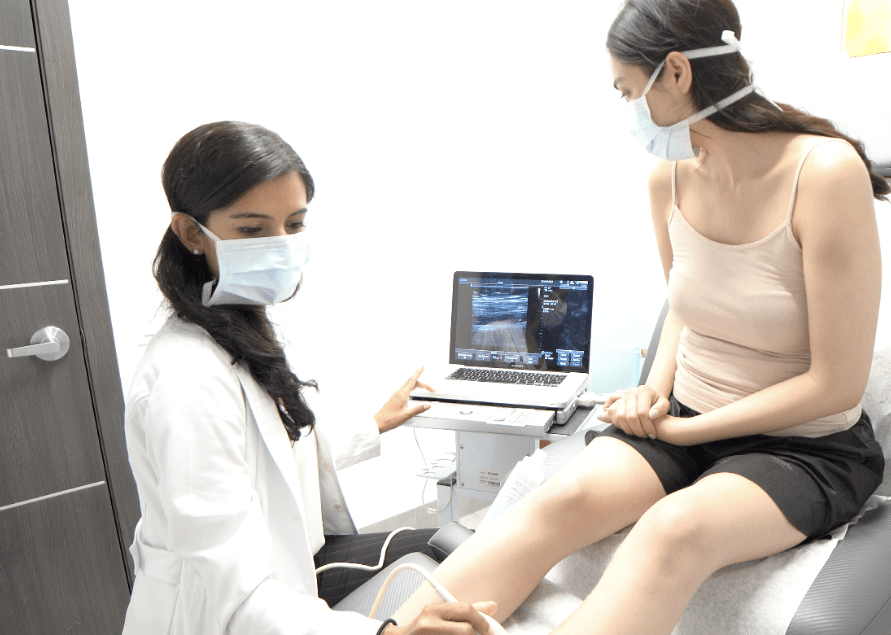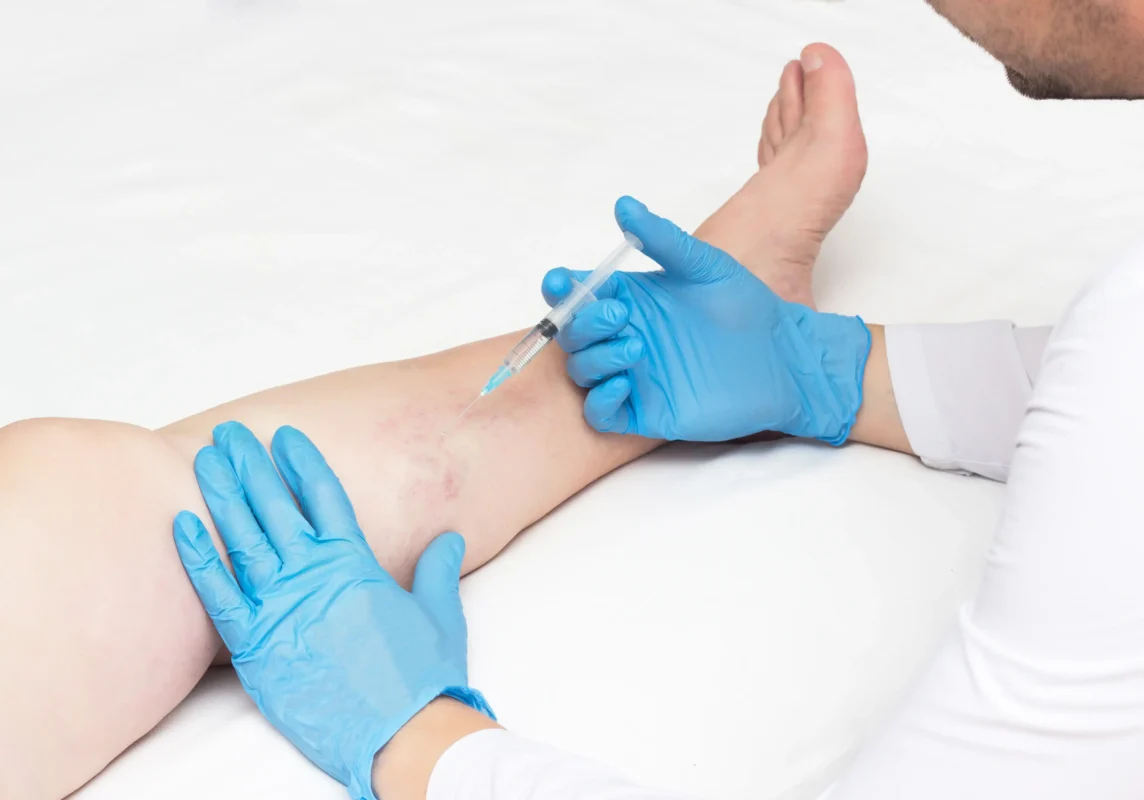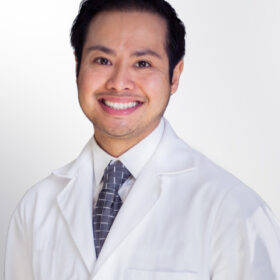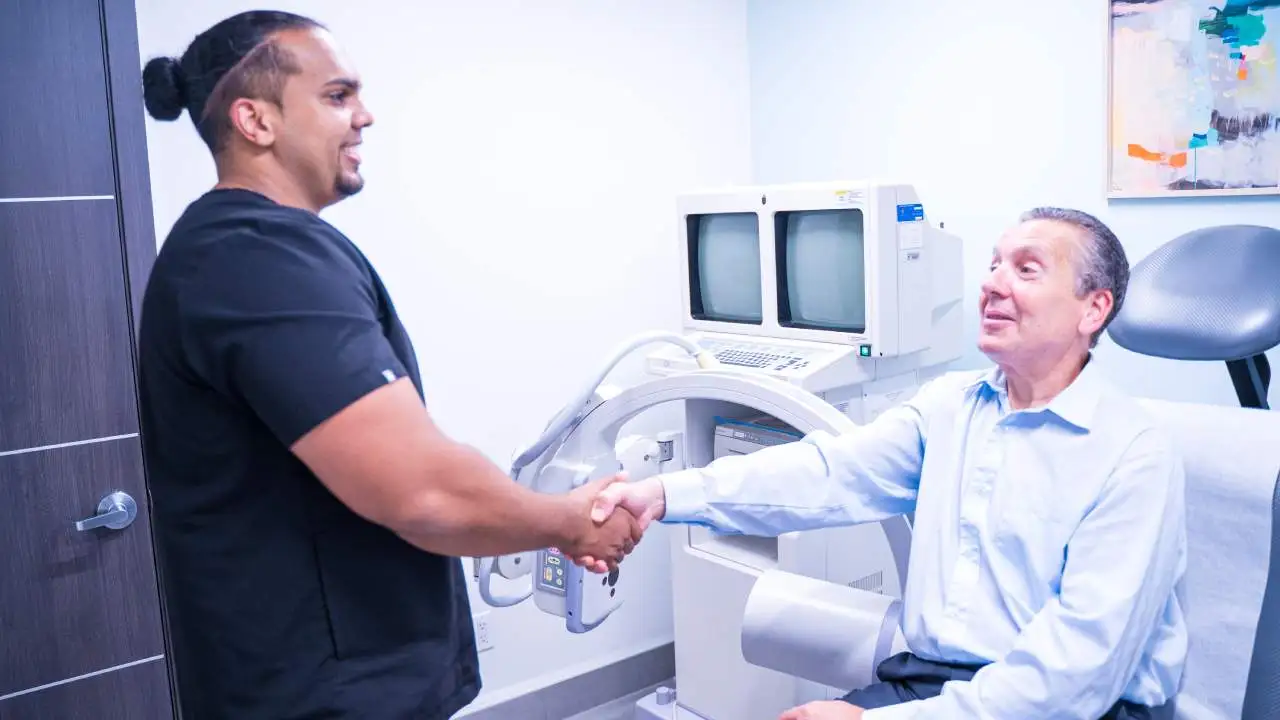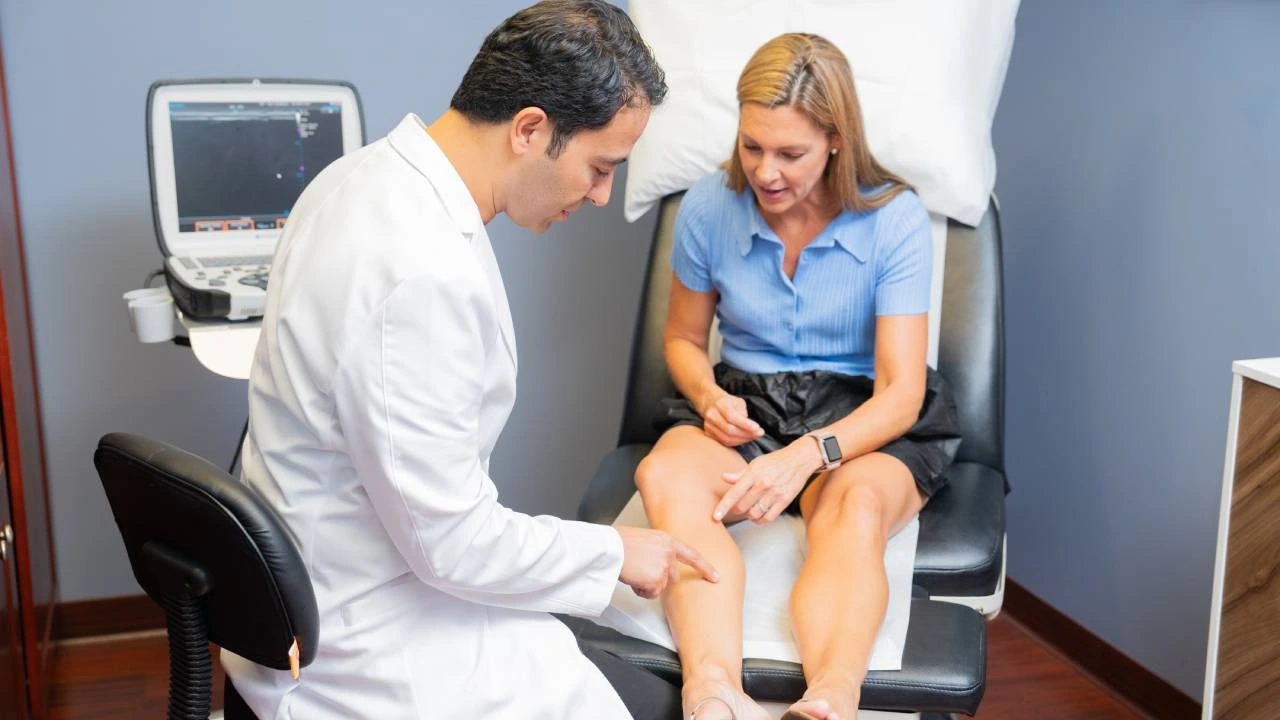Introducing the Best Spider Vein Center in New Jersey
Vein Treatment Clinic is widely considered the best spider vein center in New Jersey. With state-of-the-art offices in Clifton, Paramus, and Woodland Park, it’s highly accessible for patients across NJ.
The following is an overview of our vein centers’ locations:
- VTC Clifton: 1117 US-46 Suite 205, just past the Ford dealership on route 46-E.
- VTC Paramus: 140 NJ-17 #103, next to Bob’s Furniture and near the Paramus Park Mall.
- VTC Woodland Park: 1167 McBride Avenue, Suite 2, close to Garden State Plaza.

If you have spider and varicose veins or other symptoms of vein disease, please schedule an appointment at your nearest vein center. You can also request hassle-free insurance verification after scheduling your appointment.
The spider vein centers in New Jersey are led by board-certified, Harvard-trained, world-class vein doctors with years of experience. They specialize in the latest minimally invasive procedures for spider veins and varicose veins. Furthermore, they always diagnose the root cause of your vein problems before curating a treatment plan.
Our vein center’s comprehensive approach to vein care ensures optimal results without harsh side effects, complications, or vein disease recurrence.
This article answers some of the most frequently asked questions about spider and varicose vein treatments.
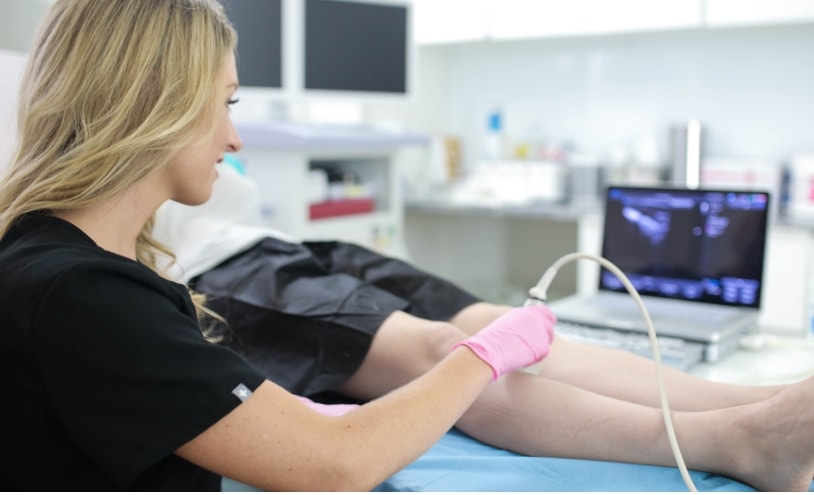
What does it mean when you have a lot of spider veins?
Spider veins are essentially dense clusters of damaged blood vessels visible on the skin’s surface. Spider veins appear on the skin’s surface when their walls are dilated with excessive blood. While spider veins can be asymptomatic, they’re often caused by underlying chronic venous insufficiency, a medical condition wherein your vein valves collapse.
In healthy veins, the valves act as one-way barriers ensuring smooth blood circulation to the heart. They allow blood to flow towards the heart but prevent it from flowing backward due to gravitational force. When vein valves malfunction, blood flows backward and accumulates in the leg veins. The continued accumulation of blood in leg veins eventually leads to vascular dilation and spider veins.
If you have a lot of spider veins, there’s a strong chance you have venous insufficiency, especially if you have other symptoms: leg heaviness, restless leg syndrome, throbbing leg veins, frequent leg cramps, leg swelling, and leg pain.
Does estrogen cause spider veins?
Estrogen doesn’t cause spider veins, but it does increase the risk of spider veins and vein disease. That’s because the female hormones estrogen and progesterone cause vein dilation and weaken the one-way valves responsible for effective blood circulation. As such, estrogen increases the risk of vein disease, which, in turn, increases the risk of spider veins.
Women generally have higher volumes of estrogen and progesterone, which is why they’re at a higher risk of spider veins than men. Furthermore, women have an extremely high risk of spider veins during pregnancy.
Can I get rid of spider veins at home?
No, you cannot get rid of spider veins at home. Spider veins are caused by damaged vein valves, which lead to the accumulation of blood in leg veins. As such, you need medical treatments that can remove or seal the diseased veins, thereby restoring effective blood circulation to the heart.
You can probably find topical creams and over-the-counter ointments that promise relief from spider veins. But these products aren’t backed by clinical research, and they don’t address the root cause of spider veins. As such, you must consult reliable vein doctors for spider vein treatments.
What is the best way to get rid of spider veins?
Sclerotherapy is the best minimally invasive treatment for spider veins. During this procedure, the vein specialist injects a medicine called sclerosant into the spider veins. The number of injections depends on the number of spider veins. The sclerosant medicine fuses the spider veins’ walls, turning them into hardened scar tissues eventually absorbed by the body. Over time, the spider veins are metabolized by the body and fade away from the skin’s surface.
What is better for spider veins: laser or sclerotherapy?
Sclerotherapy is better for spider veins than laser therapy. Sclerotherapy has a perfect success rate with a negligible risk of complications. You only need one injection per spider vein, so it promises stellar results in 2 to 3 weeks.
Laser therapy uses thermal energy to make the spider veins shrink and fade away from the skin’s surface. However, laser therapy’s potential is limited, and most patients need multiple sessions for mild results. Laser therapy also has a high rate of recurrence.
How bad does sclerotherapy hurt?
Sclerotherapy doesn’t hurt too bad. Most patients report slight cramping and burning sensations as the sclerosant medicine is injected into their veins. The discomfort is mild and temporary. There are no harsh side effects or complications, and you can resume your daily activities immediately after the treatment.
How can I avoid spider veins?
There’s no way to prevent spider veins, but you can reduce the risk. The following lifestyle changes can minimize your risk of spider veins:
- Wear compression stockings to facilitate blood circulation.
- Keep your legs elevated while sitting or lying down.
- Don’t sit or stand still for long periods — take short walking breaks.
- Engage in exercises that work your calf muscles, such as running, cycling, and swimming.
Is spider vein treatment covered by insurance?
Your spider vein treatment might be covered by insurance if you have underlying vein disease. Insurance providers pay for treatments deemed medically necessary, so your spider vein treatment may be eligible for coverage if you have underlying chronic venous insufficiency.
Please request hassle-free insurance verification from your vein center in New Jersey.
To learn more about our accredited vein centers, please visit www.veintreatmentclinic.com. Our spider and varicose vein treatment clinics are certified by the IAC as vascular imaging centers and vein treatment centers of excellence. We have local affiliates in New York, Long Island, New Jersey, Texas and California, all of which are held to the highest standards of patient-centered, compassionate, care. We offer the latest technology at every location, and our harvard-trained medical directors lead a collaborative effort to ensure the best outcome for every patient we meet.


